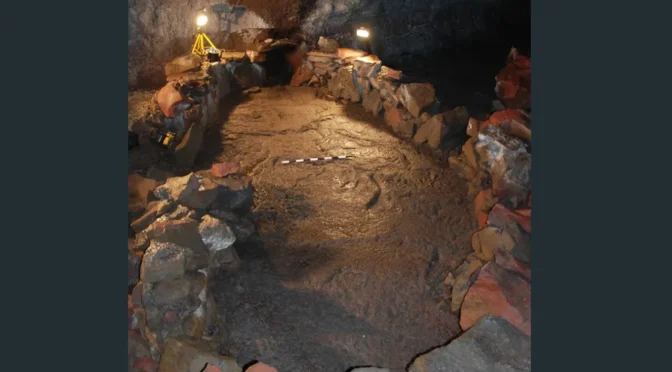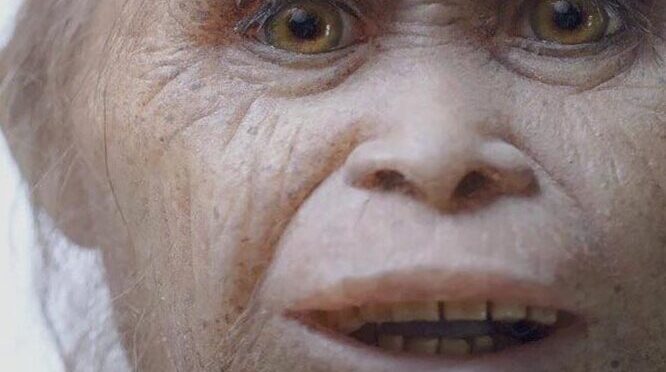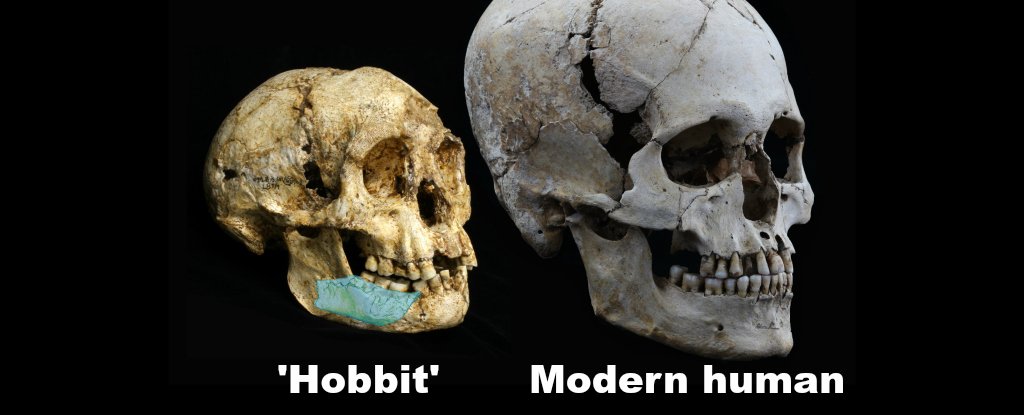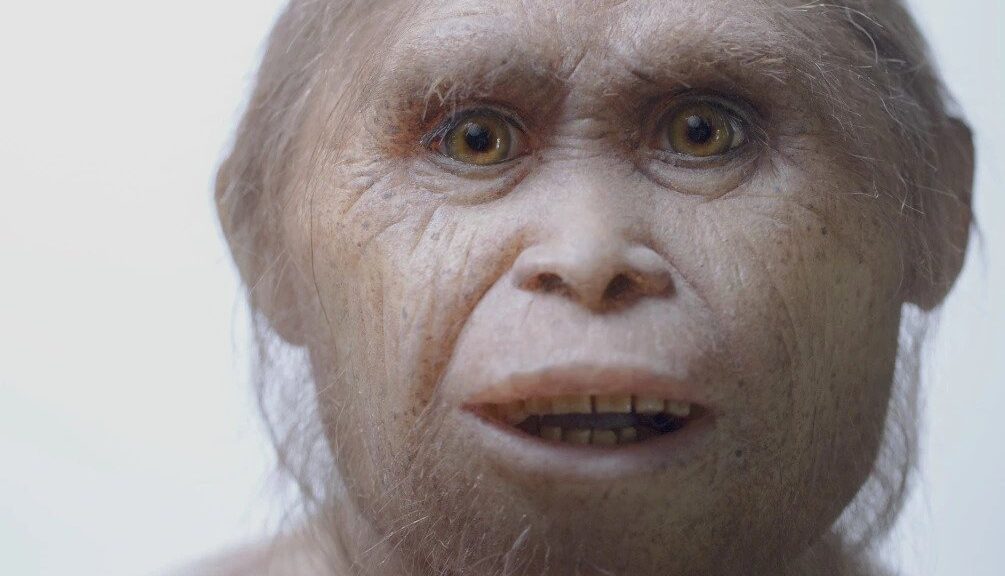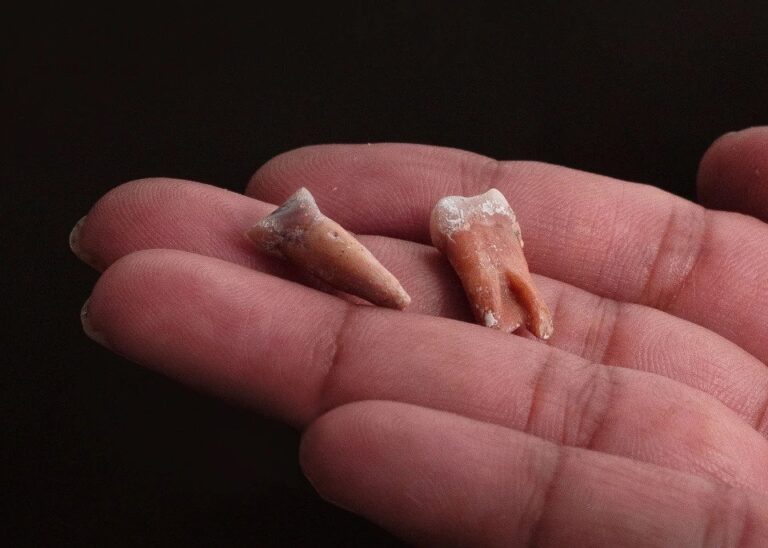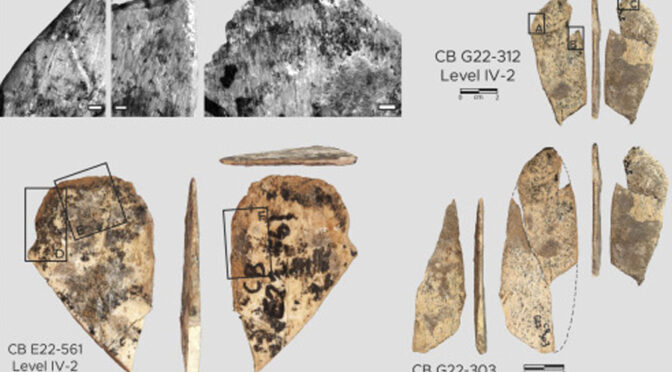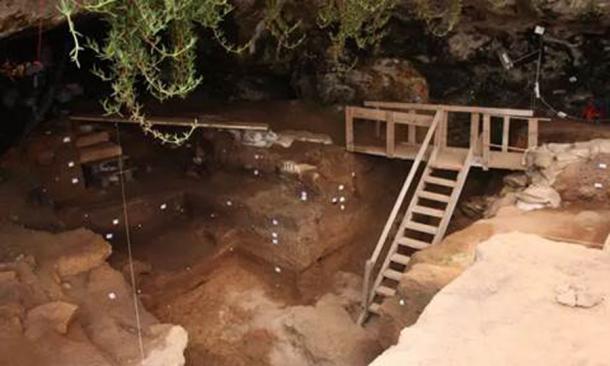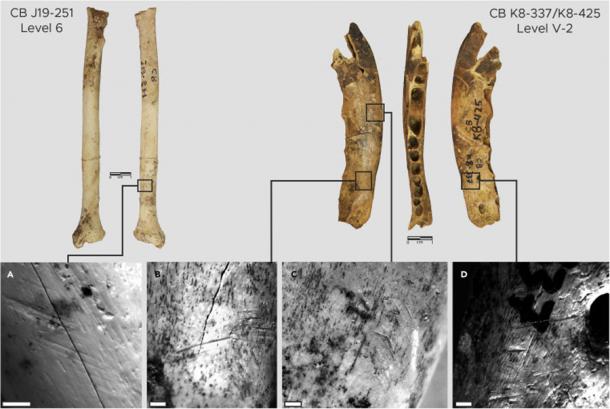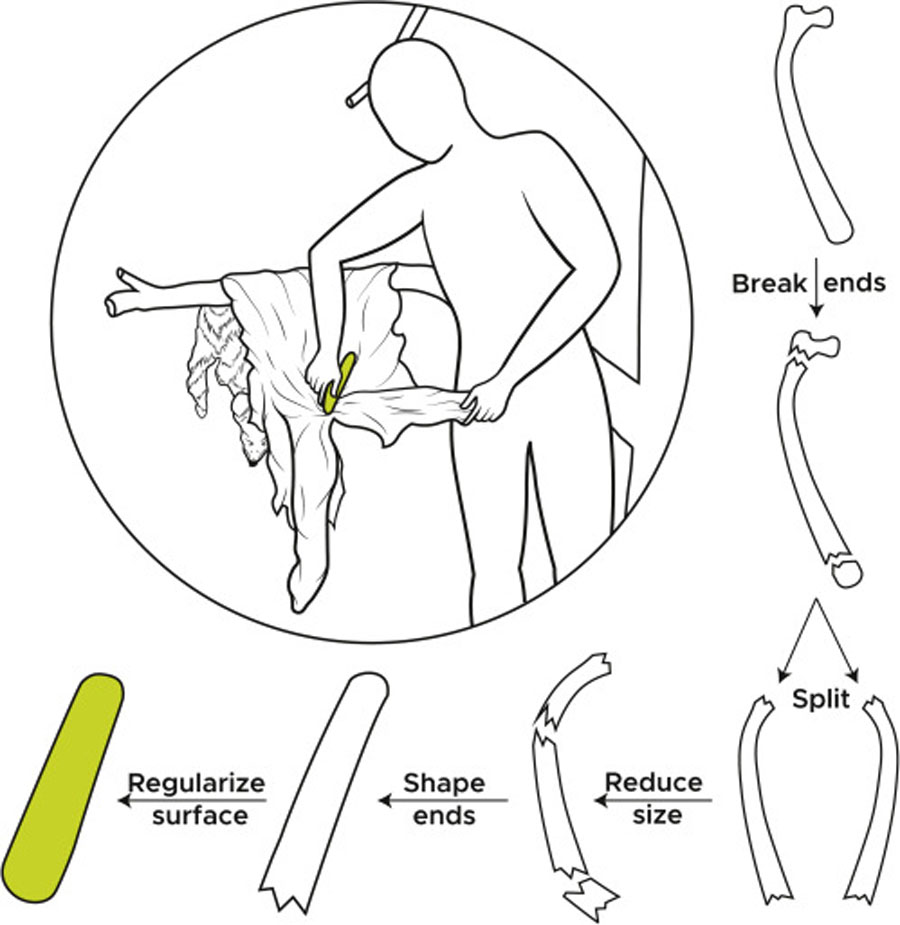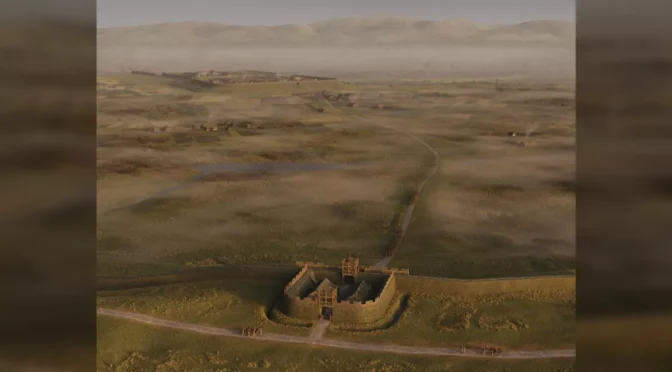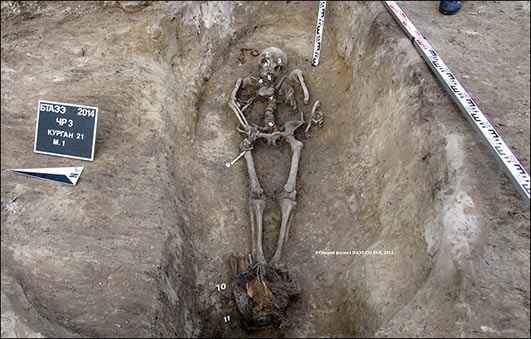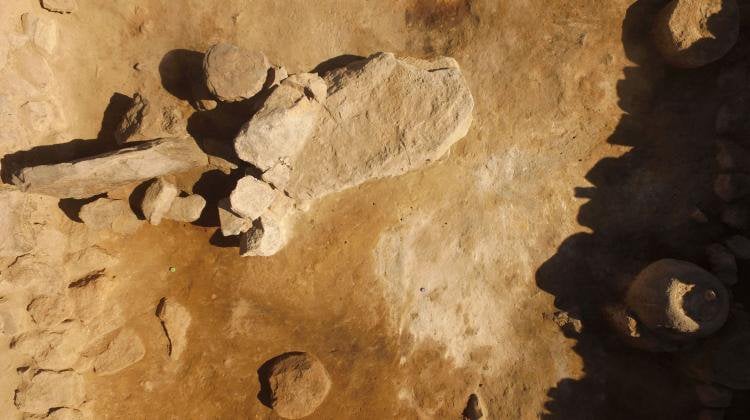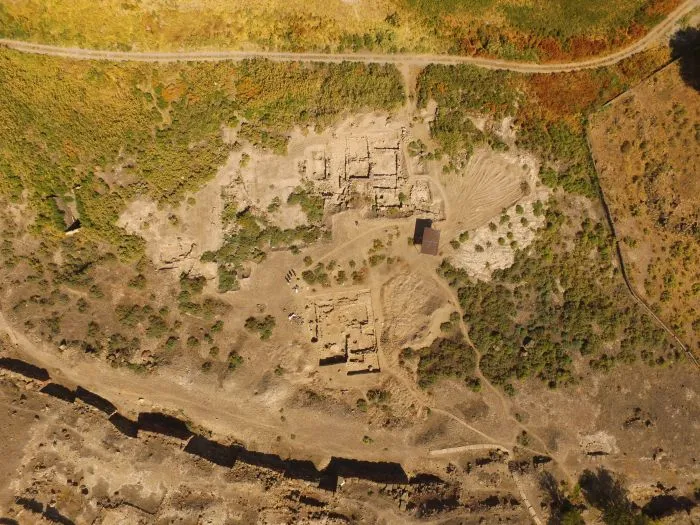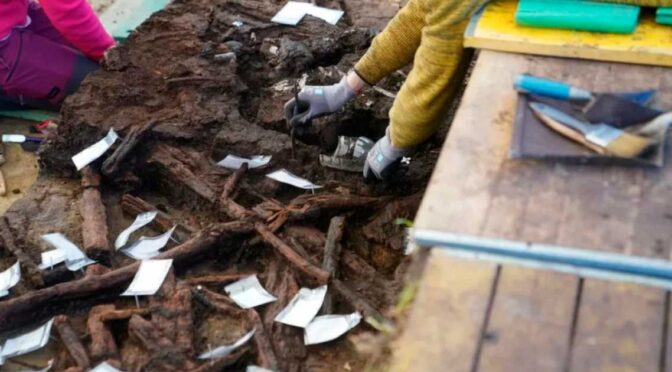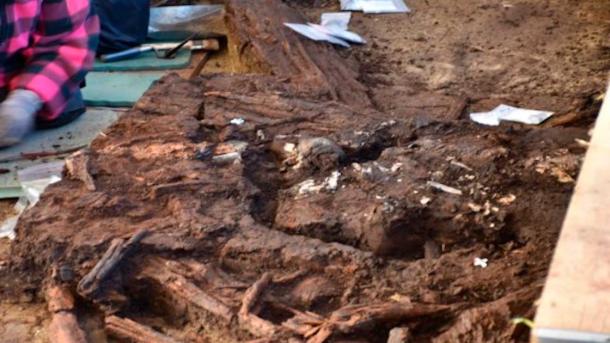Did Vikings Host Rituals Designed to Stop Ragnarök in This Volcanic Cave?
New findings at a cavern in Iceland point to decades of elite ceremonial activity aimed at preventing the apocalypse.
Some 1,000 years ago, Viking elites may have hosted ceremonies intended to avert the apocalypse at a large ritual site deep in a volcanic cave in Iceland.
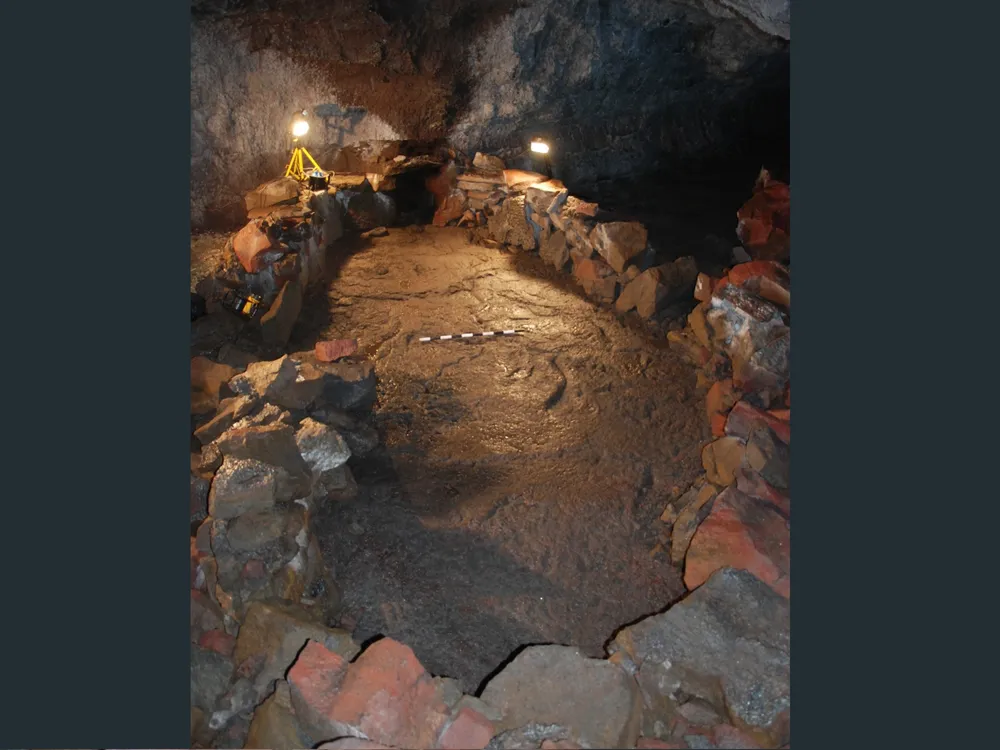
As the Jerusalem Post reports, archaeologists investigating the site, located about 980 feet beyond the cave’s entrance, discovered a boat-shaped rock structure, as well as beads and decorative materials from distant lands.
The team’s findings, published in the Journal of Archaeological Science, show that the eruption that formed the cave, known as Surtshellir, occurred in the late ninth century A.D., soon after the first Viking settlement of Iceland.
Per the paper, this incident was probably the first major volcanic eruption witnessed by people in northern Europe since the end of the last Ice Age more than 10,000 years prior. The explosion covered about 90 square miles of fertile land in volcanic rock.
“[T]he impacts of this eruption must have been unsettling, posing existential challenges for Iceland’s newly arrived settlers,” write the authors in the study.
According to Owen Jarus of Live Science, the Vikings entered the newly formed cave soon after the lava cooled. They constructed the boat structure, placing ritual offerings inside and burning the bones of animals, including sheep, goats, cattle, horses and pigs.
Historical records show that the Vikings associated the cave with Surtr, a giant responsible for battling the gods during Ragnarök and bringing about the end of the world in Norse mythology.
“Our analyses indicate that these activities continued, perhaps as annual sacrificial rituals, for at least 60 [to] 80 years until Iceland converted to Christianity,” says lead author Kevin P. Smith, deputy director of the Haffenreffer Museum of Anthropology at Brown University, in a statement. “And the objects left behind in the cave imply that they were conducted by members of Iceland’s elite.”
Live Science notes that participants in the ritual may have believed that the precious goods would appease Surtr, or that they could strengthen Freyr, the fertility god said to fights Surtr during Ragnarök. (As James Deutsch, a curator at the Smithsonian Center for Folklife and Cultural Heritage, wrote for Smithsonian magazine in 2017, this “apocalyptic battle” is, in popular lore, followed by the second coming of a new generation of gods.)
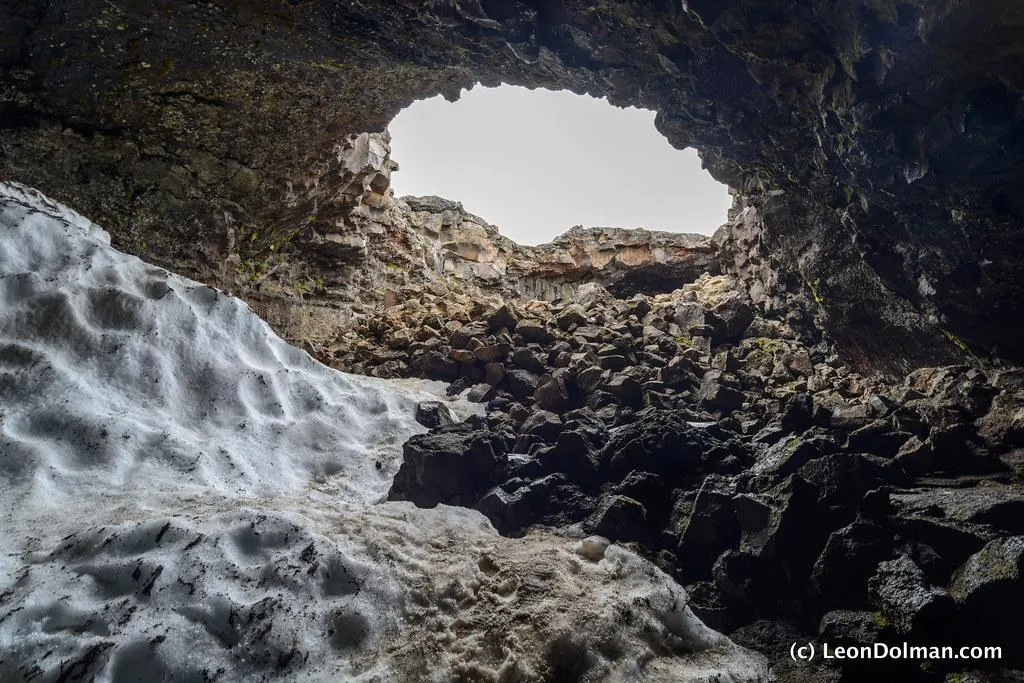
Among the artifacts found in the cave was orpiment, a pigment from eastern Turkey used for decorative purposes, and 63 beads, some of which came from as far away as Baghdad.
These goods may have arrived in Iceland via trade routes. Per Rym Ghazal of the National, previous research has documented extensive ties between Vikings and the Islamic world. Islamic coins and other objects have been found in many Viking graves.
Scandinavians in the early Viking age were almost all pagans, but their polytheistic system allowed them to accept the Christian God alongside others, according to Gareth Williams of BBC History.
Many Vikings who settled in Christian lands such as Normandy and Ireland converted to Christianity. Those in Scandinavia widely adopted the religion between the 11th and 12th centuries.
The new research shows that conversion to Christianity seems to have led to the abandonment of rituals at the cave. One of the last artifacts placed in the rock boat was a set of scale weights, including one in the form of a Christian cross, which may have been intended as a signal of the end of pagan rituals at the site.
Still, some of the mythology around the cave appears to have persisted, with an Icelandic Christian tradition identifying Surtshellir as the place where Satan would emerge on Judgment Day, notes the study.
As Samir S. Patel reported for Archaeology magazine in 2017, Surtshellir is one of the largest volcanic caves in Iceland, with tunnels measuring up to 40 feet in diameter.
It contains a number of artificial features, including a 15-foot wall made up of blocks weighing up to four tons. Icelandic sagas and folk stories suggest that the cave may have been a hideout for outlaws at various times, though research by Smith and his colleagues found few signs that anyone actually lived there.
The researchers have created a Facebook page where they share updates on their work and related subjects.
